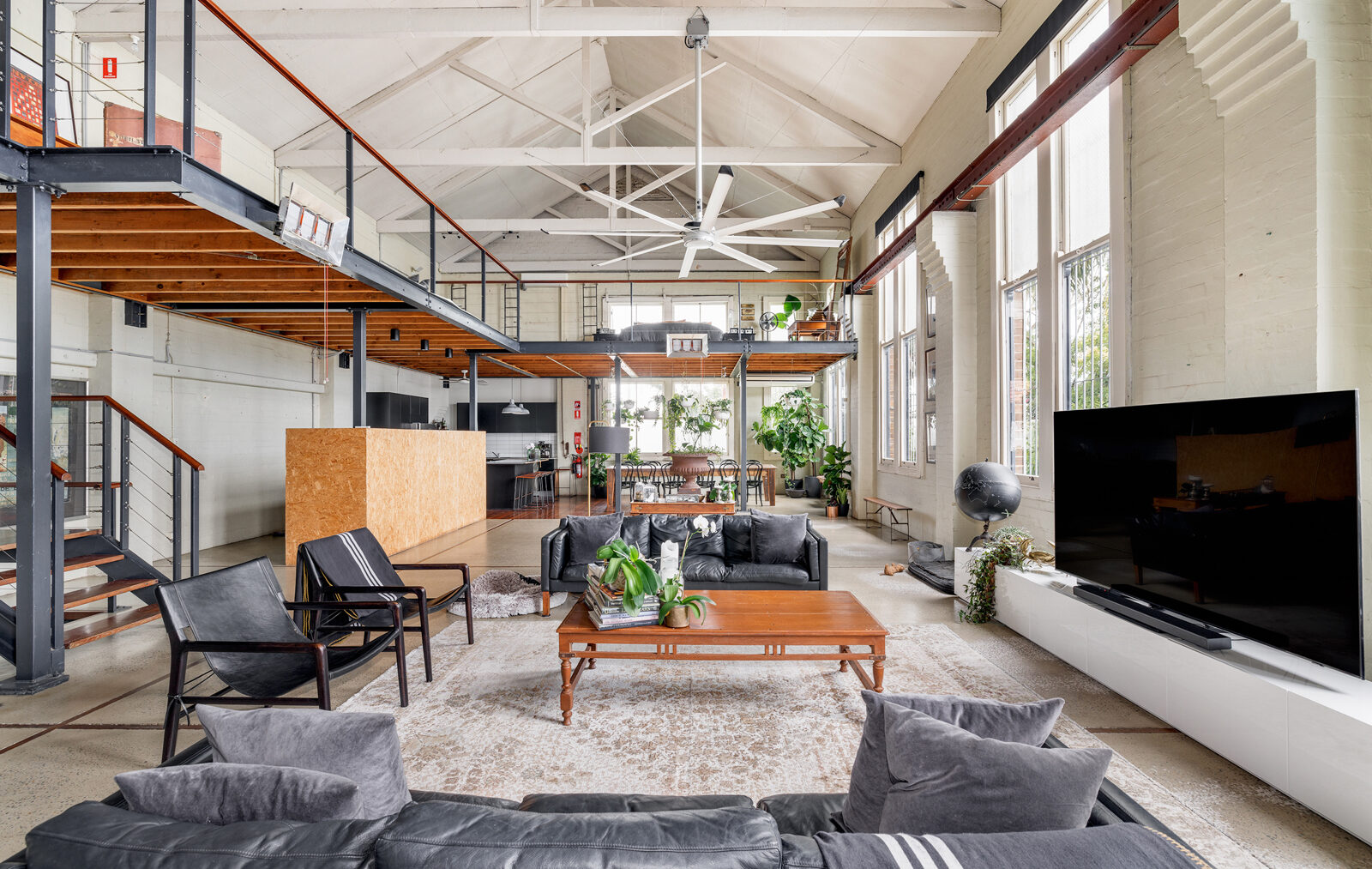
The power of conservation and connection in a Rozelle tram building
It’s hard to believe this historic piece of Sydney transport history dating back to 1907 was left derelict for so long. In the middle of last Century, the Balmain Tramway Substation was decommissioned and fell into disrepair, with the State Government set to demolish it for a car park.
However, in a groundswell of Inner West tenacity, the people wouldn’t have it, and the substation was saved to live on in the streetscape. With the local council lobbied to take it on as a project, it was restored to sound condition, and passed down as a sellable asset.
Fortunately its significance was recognised before it sold to a private buyer in 1996, ensuring its ability to inspire people today is as palpable as ever, the brickwork and facade turning the heads of everyone from passers by, to tram spotters, to its own inhabitants.
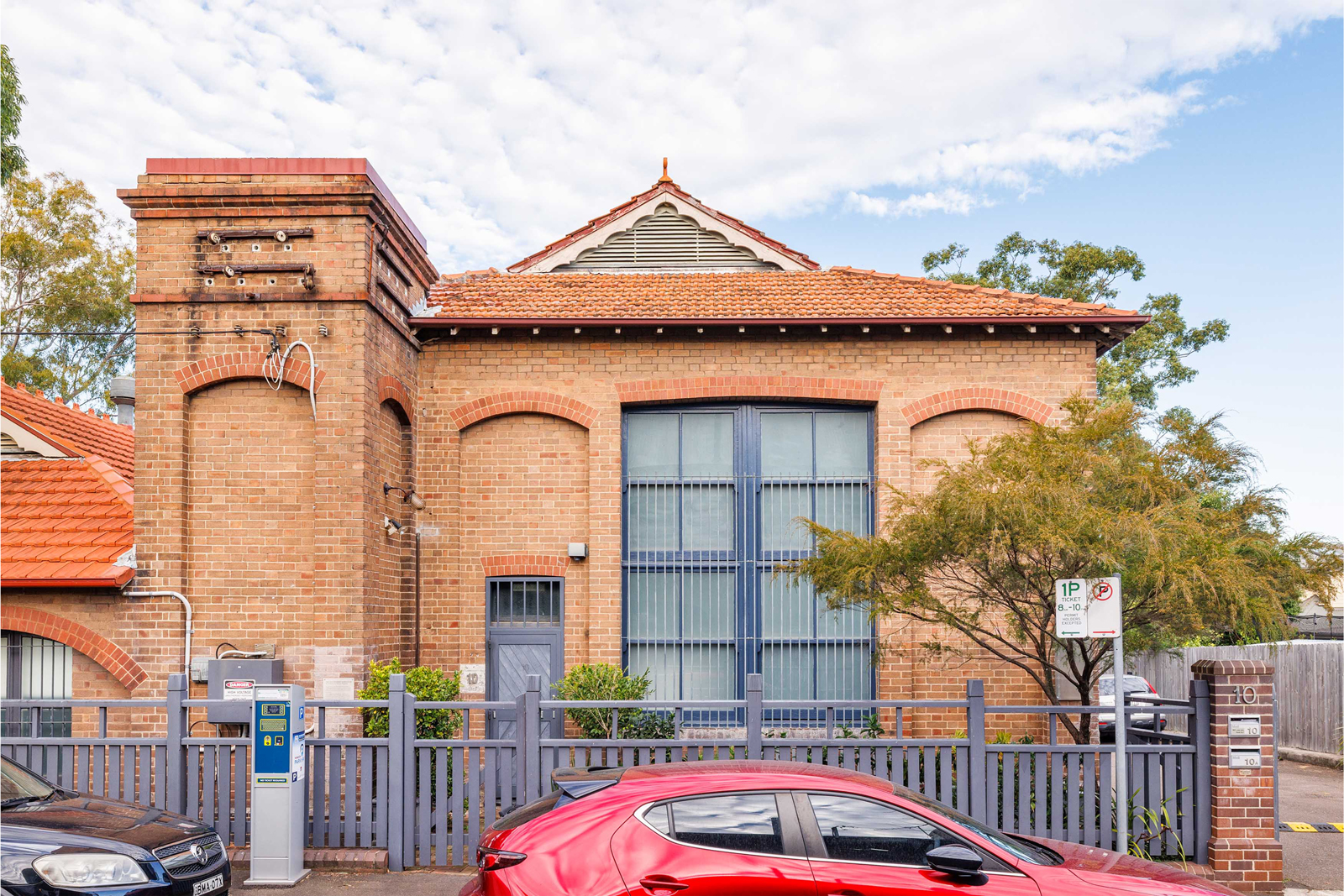
Home to a family of four today, it’s perhaps serendipitous that one of the current residents is executive director of Taronga Zoo, Simon Duffy. He is known for his work in conservation and as chair of the Jane Goodall institute, while also appointed a Member of the Order of Australia in recognition of his work in wildlife preservation.
The Hancock Street treasure might showcase conservation of a different kind, but Mr Duffy speaks about the warehouse with the reverence you’d expect from someone who knows the importance of acknowledging our surroundings.
“It’s just such a striking building,” he says. “It’s part of the fabric of the area and a tram network that connected this area to Glebe and The Tramsheds at Forest Lodge. Those buildings are another example of a beautifully preserved environment.
“The electricity that fed into this Rozelle warehouse also came from the White Bay Power Station at the foot of the Anzac Bridge, so this is all part of the history of the Inner West. It’s all connected.”
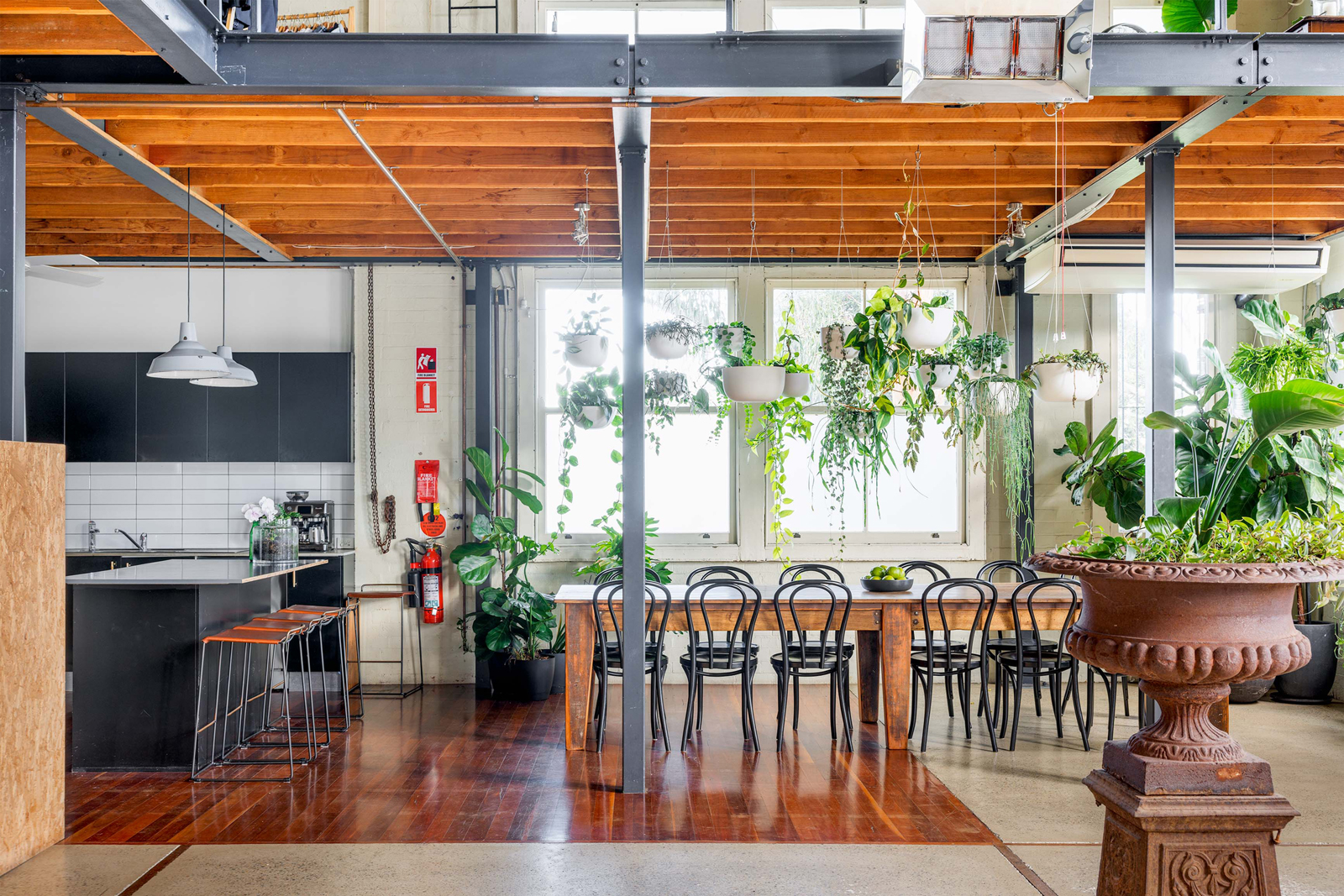
This is the first time Sydney viewers have seen this building on the market as a residential home, having previously only traded in its raw state or commercial/office form.
With a unique basement space below the main living zone, the lower level would have originally accommodated a series of electric cables, while also providing natural ventilation to the rotary AC/DC power converters working above. This delivers a distinctive amount of internal space in its current layout (approximately 470sqm in total), along with triple car parking alongside (57sqm).
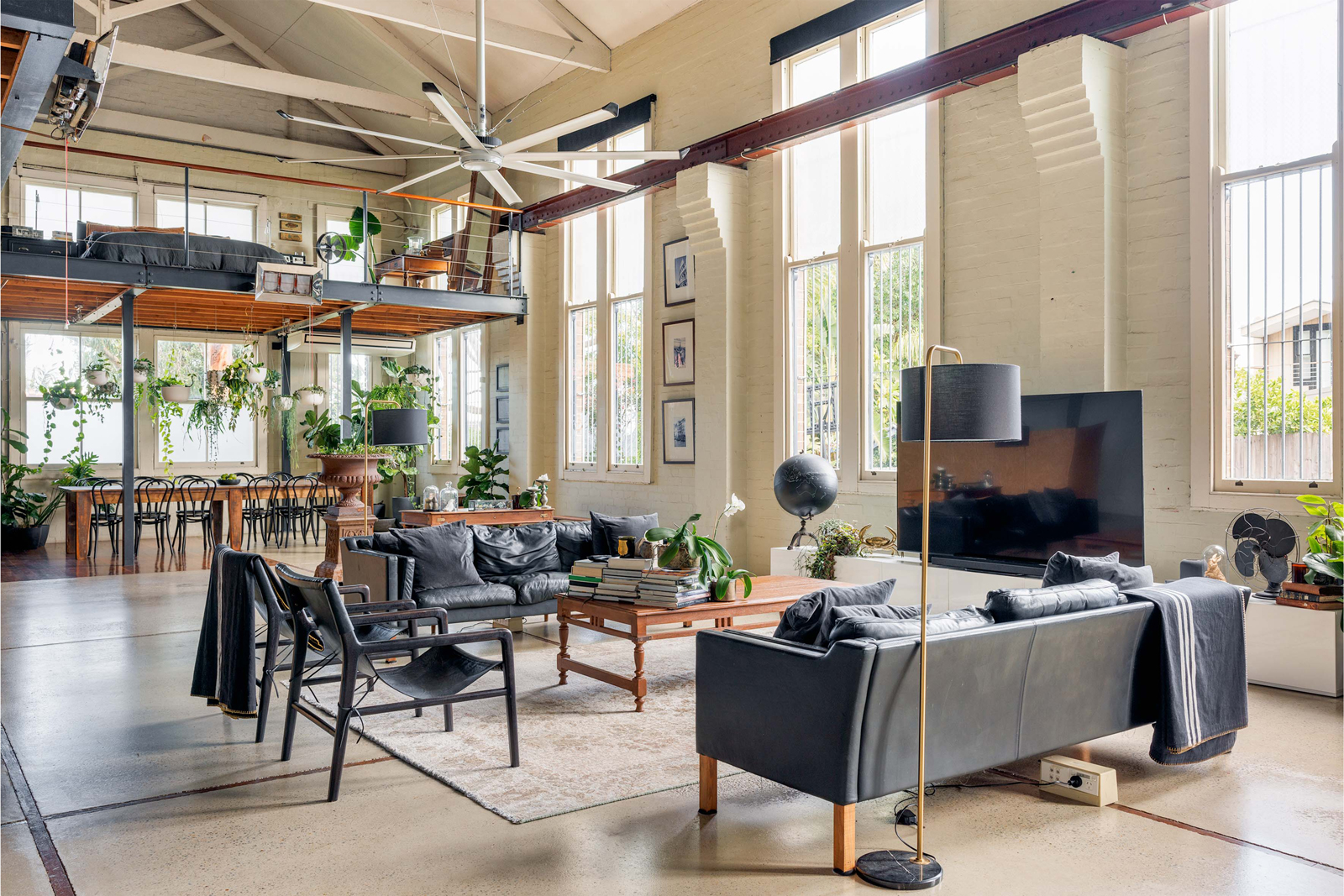
While retaining that natural sense of voluminous industrial space, the home also transcends some of the barriers of warehouse living, delivering separate spaces for a family lifestyle.
“It’s a very open-plan experience but also a huge home, and my youngest son loves to ride his scooter around the concrete floors,” My Duffy says.
“My 18 year old son recently had his birthday here, so we had 30 of the family sitting down together. It’s a funky space and really flexible at the same time.”
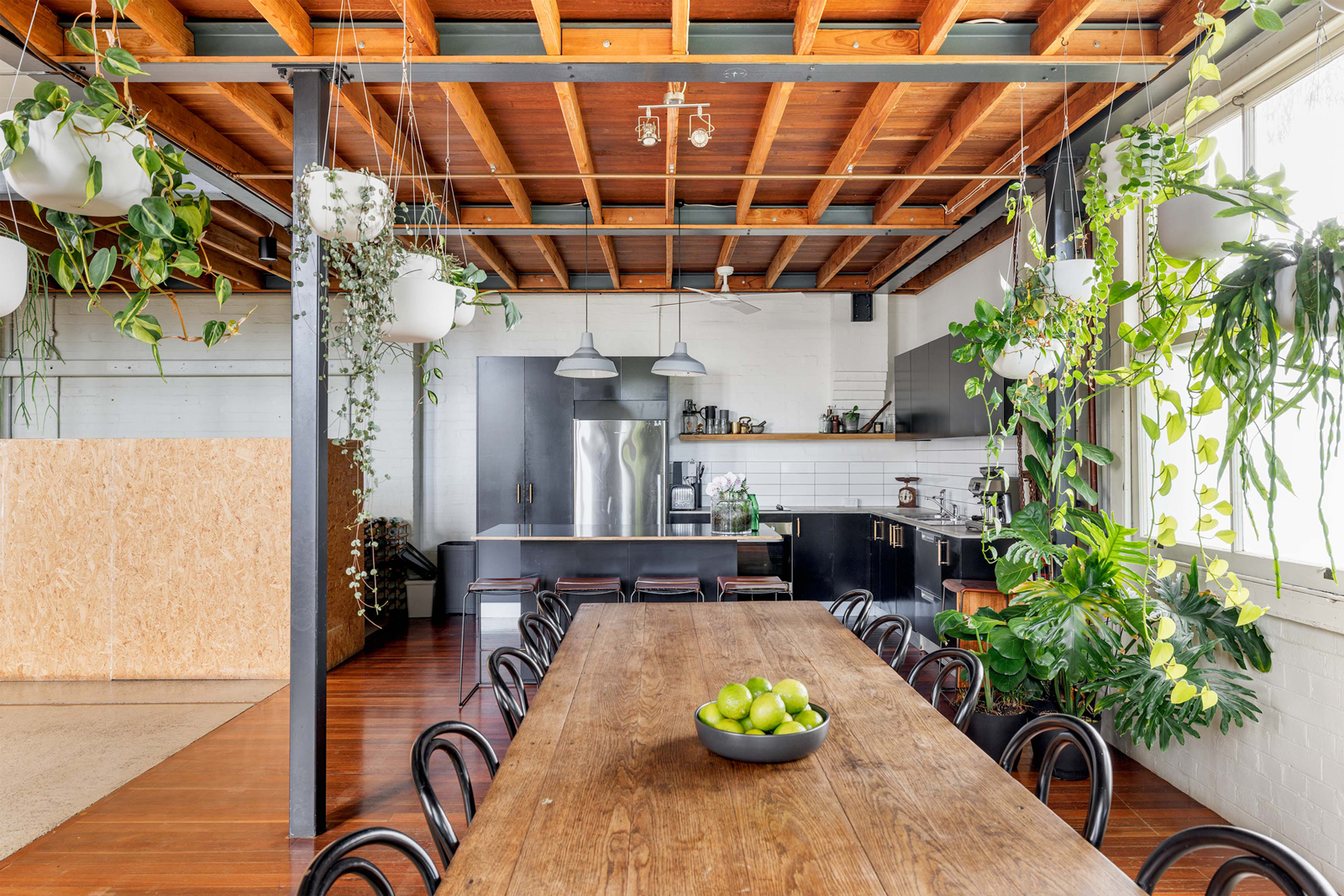
When exploring deeper backstories about these historic buildings, Sydney’s tram spotters and engineering buffs are a sage resource. Around the time the power was cut to this building, another group of conservationists drawn to such artefacts were busy creating their own homage to transport history – the Sydney Tramway Museum.
Now on the edge of Royal National Park in Loftus, museum volunteers still restore old tram carriages with a dedication to keeping the atmosphere of a bygone era alive. In a replica main road, the group maintains an exhibition of street furniture including vintage telephone booths, police boxes, and overhead poles dating back to 1899.
Museum Officer Peter Kahn says many of the past masters and engineers who lived these stories were gone, but a core group of enthusiasts were still working to document the history of these structures and effects.
“It’s very impressive the way this building was transformed to a residence and with the travelling crane retained,” Mr Kahn says.
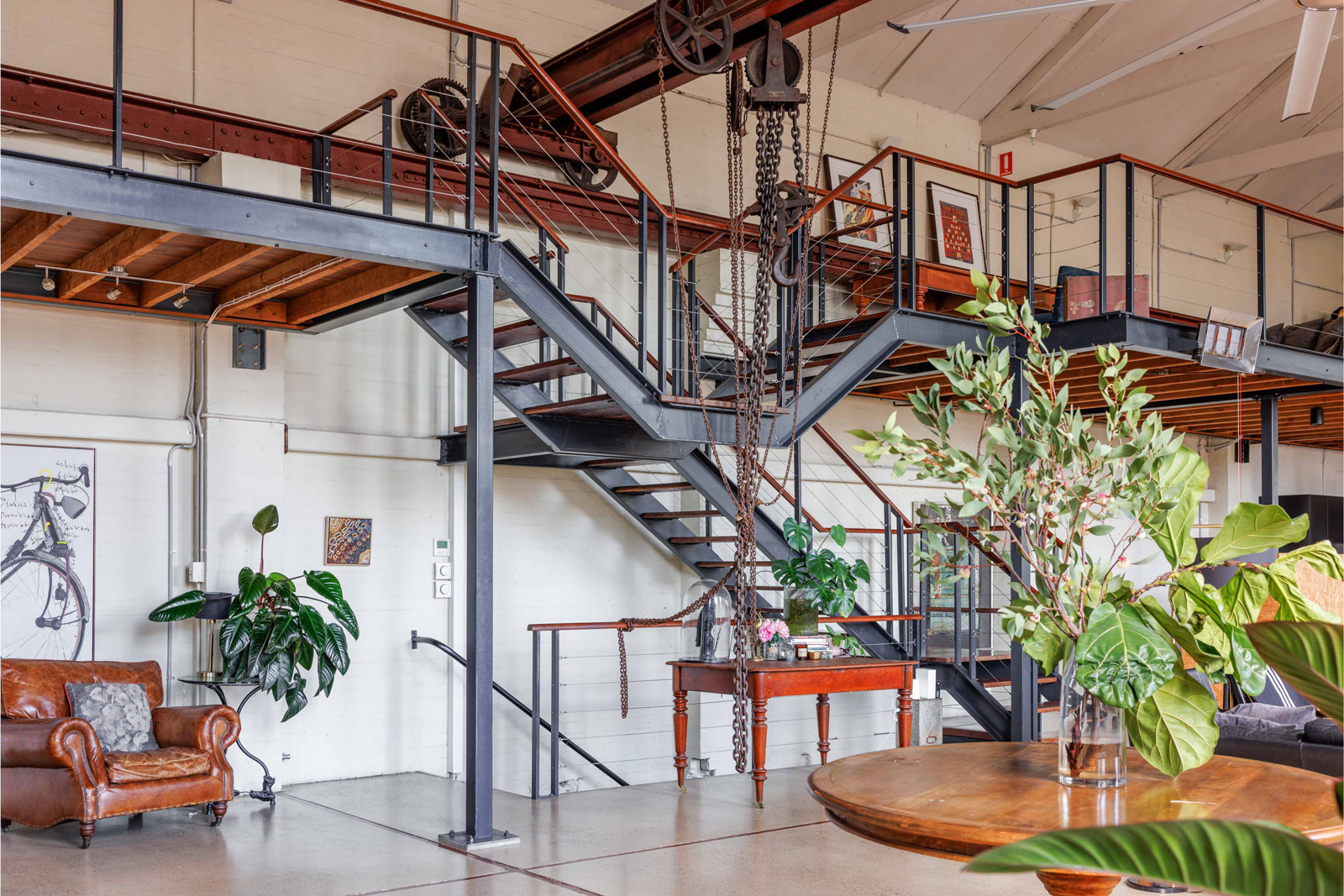
The manually operated crane still sits in place (presumably still in working order), where it was used to remove the rotary convertors during heavy maintenance.
The museum’s Chief Engineer Richard Clarke says this substation fed as far as the Ryde Tram Line to Gladesville, along with the local tram lines to Birchgrove, Balmain and Leichhardt. “It also powered the swing span on the old Gladesville Bridge allowing ferries and colliers to proceed upstream to Mortlake Gas Works and on to Parramatta,” Mr Clarke says. “In the early days, the substation would have had a stable for a horse drawn tower wagon to maintain the overhead wires on the local tramways.”
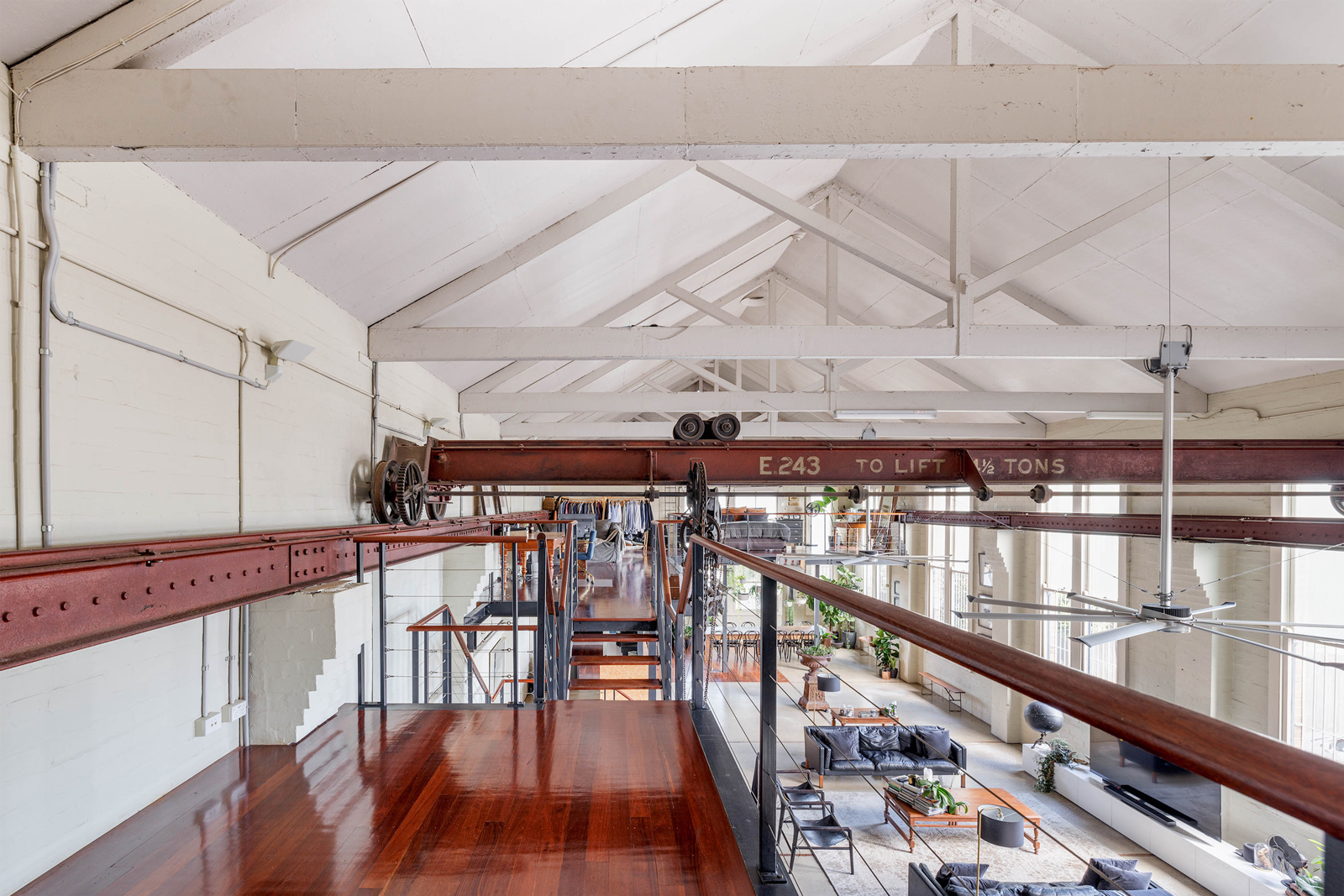
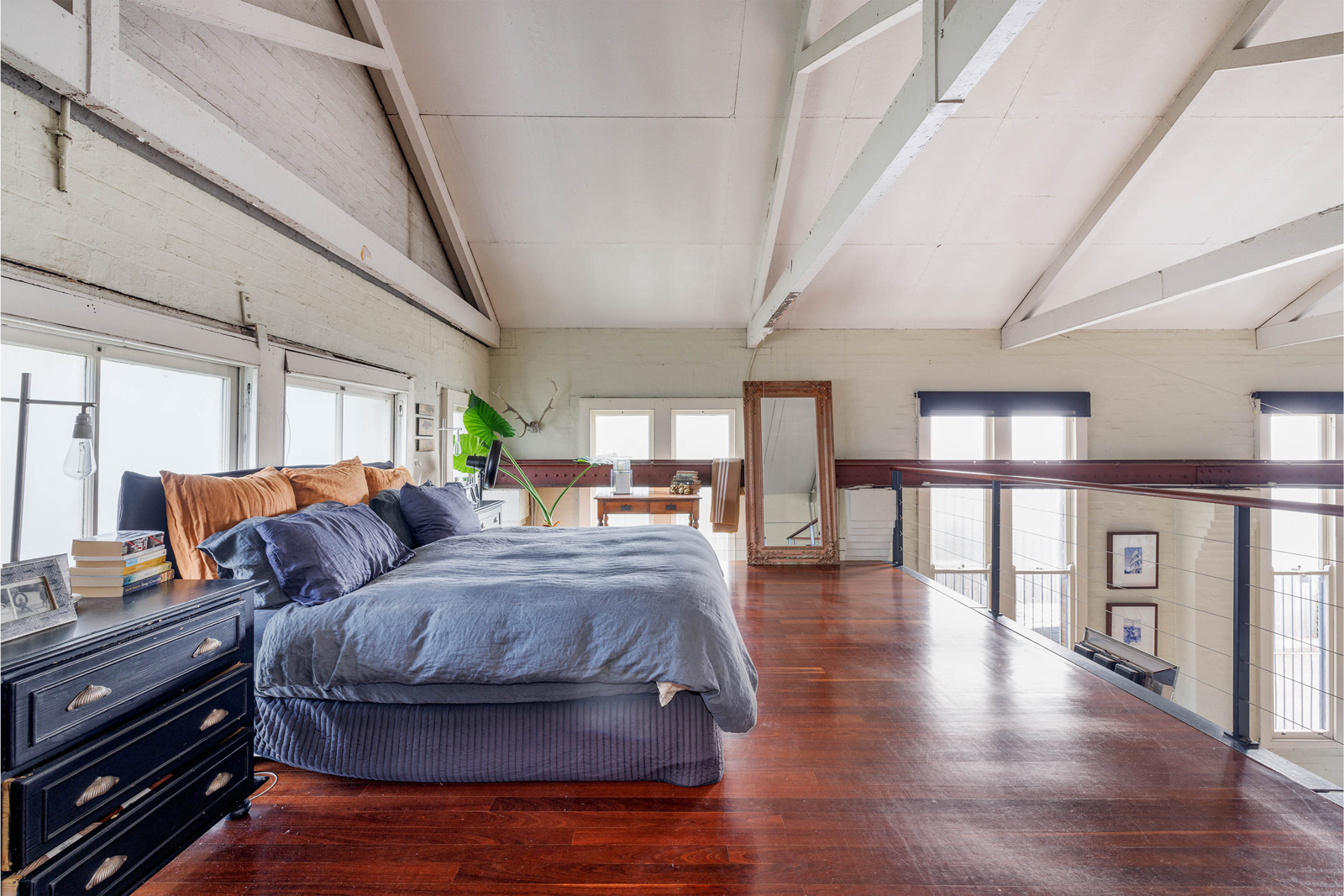
Taking a peek down the side of the Hancock Street property, you can see those outbuildings buildings have survived too. The site comprises two imposing warehouse buildings at the front, and a third residential conversion in the old stables.
It’s a local memento thanks to a community which spoke up decades ago, and a building that still has the ability to stop young and old in its tracks.
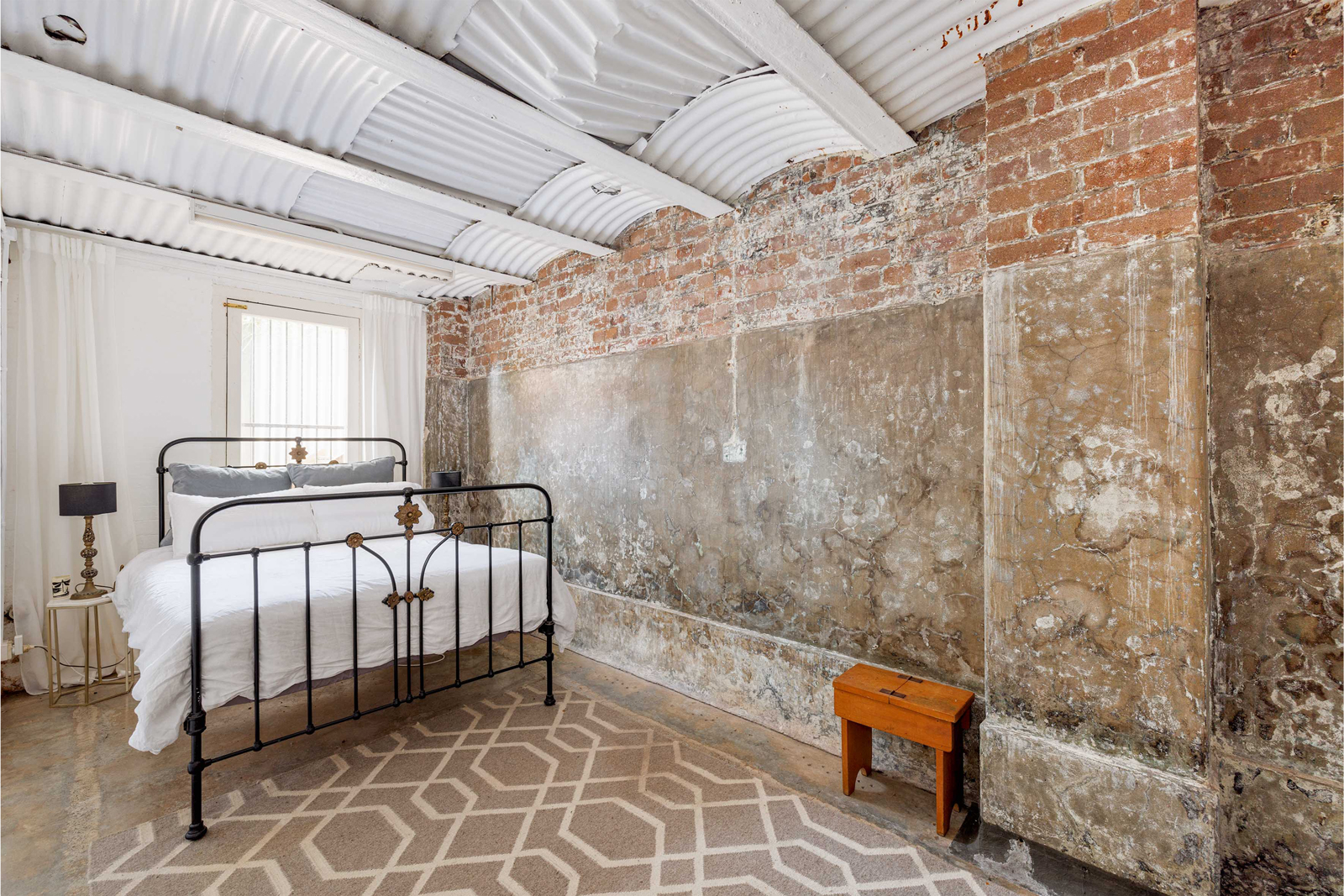
View the listing here.



